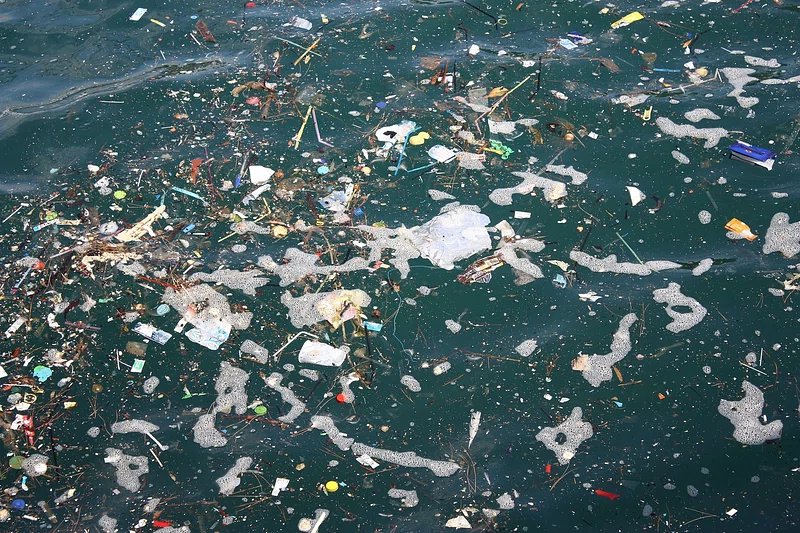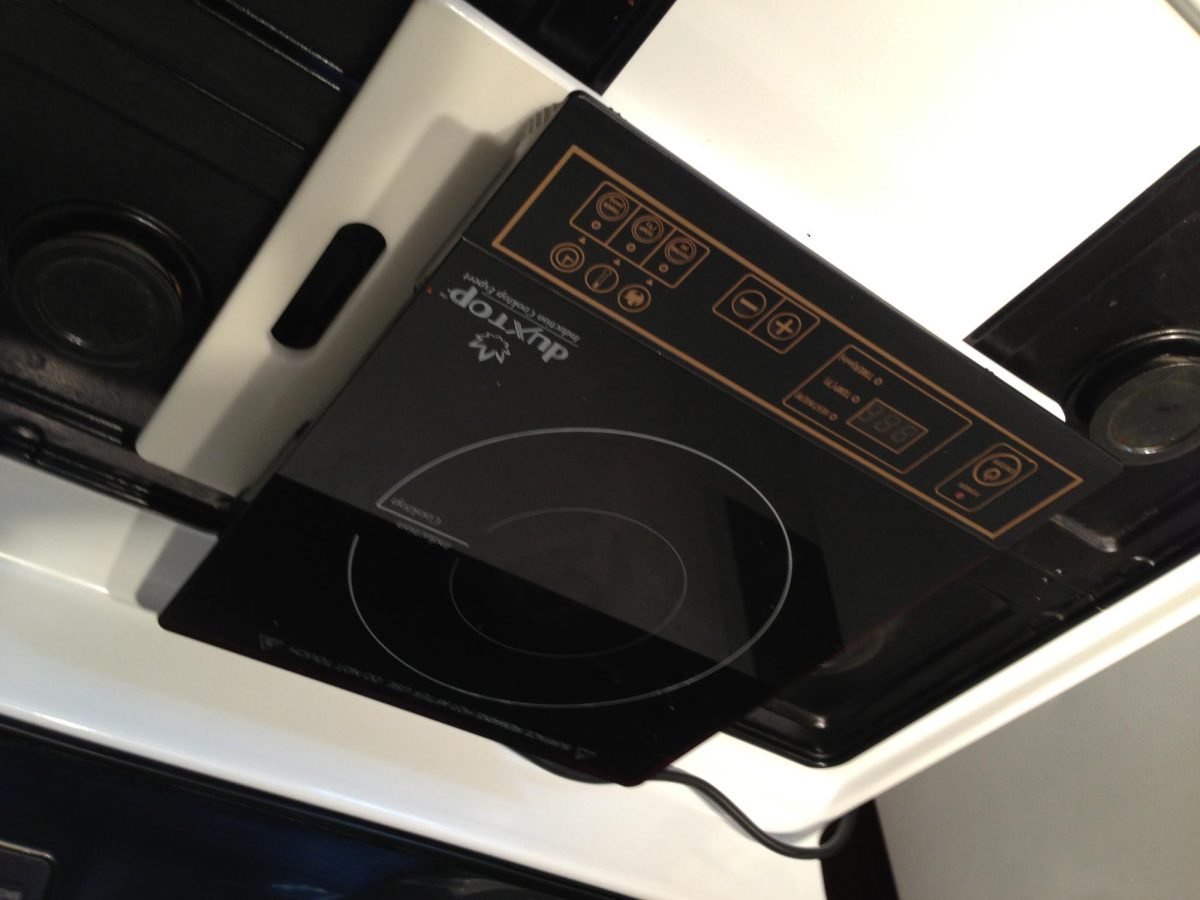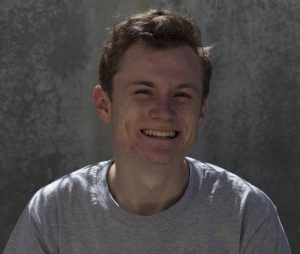It’s no secret that most of Woodside High School, buried deep in one of the most liberal areas of a liberal state, holds the same political beliefs.
Everyone generally accepted our area’s unwavering allegiance to the Democratic Party and saw no issue in everyone getting along until last year’s presidential election. Donald Trump’s victory shook Woodside to its core, revealing an uglier side to our school— one that was unable to see beyond the problems and beliefs that immediately surrounded it. Only once students and faculty become more open-minded and recognize that others have a right to hold different political beliefs can we begin to build the truly inclusive community we claim to champion.
According to the San Mateo County Clerk’s Office, 81% of registered county voters cast a ballot in last year’s presidential election, of which approximately 76% voted for Hillary Clinton. While these numbers seem to support existing assumptions about our area’s deep blue values, they also reveal a sizable minority that either voted for someone else, or chose not to vote at all.
Personally, I’m about as liberal as a person our age can get. I traveled out-of-state to campaign for Clinton during the election and spent last summer working in the office of a democratic state assemblyman. And while my experiences helped shape the beliefs I hold today, they also taught me that a community functions at its best when it hears from the greatest diversity of viewpoints. At Woodside, a culture of partisanship, and, in some cases, biased teaching, prevents these perspectives from coming to light.
Kelsey Theriault, a Woodside economics and government teacher, observes that “[w]hen you’re in a community where so many people have [the same] ideas, it can almost be taken for granted that most people [in the country] do, too.”
I’ve spoken to a number of conservatively-minded students who report feeling uncomfortable in class at times when an educator lambasts certain conservative beliefs without offering a balanced argument from the other side. During in-class discussions and assignments involving politics, many of these same students hesitate to discuss their actual beliefs to avoid coming into conflict with their teachers.
One of these students, who asked to remain anonymous, outlines the environment he faces: “Rather than discuss an issue, most teachers opt to state a [personal] opinion, then stop [any further] discussion in order to ‘stop the class from getting angry.’”
If teachers and the administration are truly committed to building well-rounded students with a broad base of knowledge, they need to recognize that not all students share the same beliefs. A learning environment that only promotes certain ideas stunts the growth of all students; liberal students are not exposed to people with differing beliefs, while those with more conservative views feel isolated and alienated from their liberal peers and educators.
Theriault felt that the effects of this ideological homogeneity became much more apparent after the 2016 election, saying, “[Students were] shocked that some people don’t hold these liberal, progressive views that we take for granted here…[even though,] clearly, a good number of people in the U.S. have these other perspectives. We don’t get that kind of debate; we don’t get to hear the other side because most people here [represent] just that one side of the argument.”
Had our school fostered a more politically inclusive community, dedicated to preserving open discourse, much of the emotional pain experienced last year could have been avoided.
To facilitate student exposure to beliefs absent in their day-to-day lives, teachers should plan classroom political debates, forcing students to research and argue in favor of positions they themselves don’t hold. The school could also make more of an effort to invite guest speakers with different backgrounds and worldviews. The point is, students do not have to agree with these opinions; they only have to hear them from someone outside of their personal bubbles.
At its core, the United States of America is a nation built on the principles of free speech and open dialogue. And while our history is littered with instances in which we have failed to grant our citizens this right, we must continue to push towards this ideal, to break out of the echo chamber we have built around ourselves.
Woodside, without a doubt, has a long way to go before it can call itself a completely accepting, open community. But, if we ever hope to heal our country’s divides, American citizens across the political spectrum need to learn from an early age that people who hold differing beliefs should not be shunned— they should be protected.





